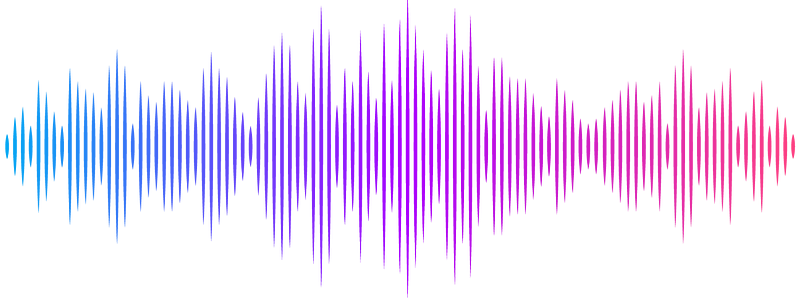Cell membrane glycan contents are biochemical factors that constitute a kinetic barrier to viral particle uptake in a protein-nonspecific manner

Cell membrane glycan contents are biochemical factors that constitute a kinetic barrier to viral particle uptake in a protein-nonspecific manner
Kaizuka, Y.; Machida, R.
AbstractVarious types of glycoproteins have been suggested to inhibit viral infection of cells via steric repulsion. However, it is difficult to evaluate such physical actions genetically, simply because they are nonspecific and can be caused by any molecule. Therefore, we investigated a method to compare this nonspecific action among cells with diverse membrane protein profiles. We found that a wide range of glycoproteins individually had a strong inhibitory effect on infection, while on the other hand, the total amount of glycans was negatively correlated with the infection level in each cell. Thus, the infection-inhibitory effect of glycoproteins was molecularly nonspecific, but was additively enhanced according to the amount of glycans on the cell surface. In this correlation, glycans function as a fundamental factor. Further investigating the mechanism by which glycans function as a factor in infection control, we conclude that the repulsion between proteins created by branched glycans forms a kinetic energy barrier against packing the virus into the region of protein interstitial space. As a result, the formation of the adhesive interface between the virus and the cell membrane, which is necessary for infection, is inhibited. This study attempted to link the cell\'s nonspecific physical properties with intracellular biochemicals. A similar approach may be applied to quantify other nonspecific biological phenomena.


